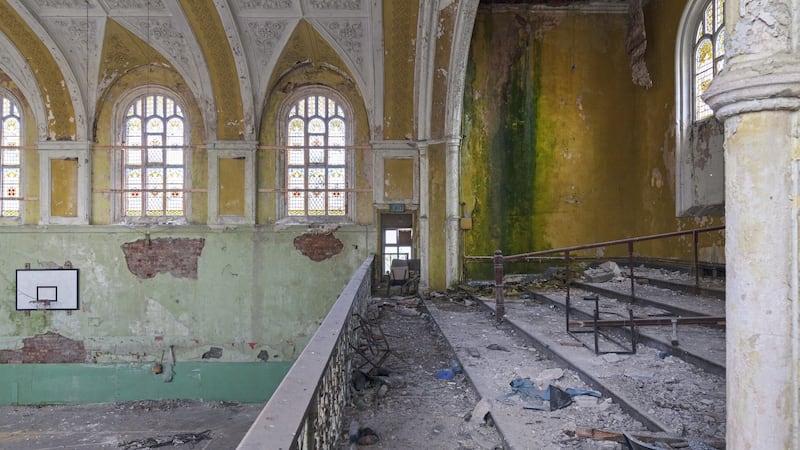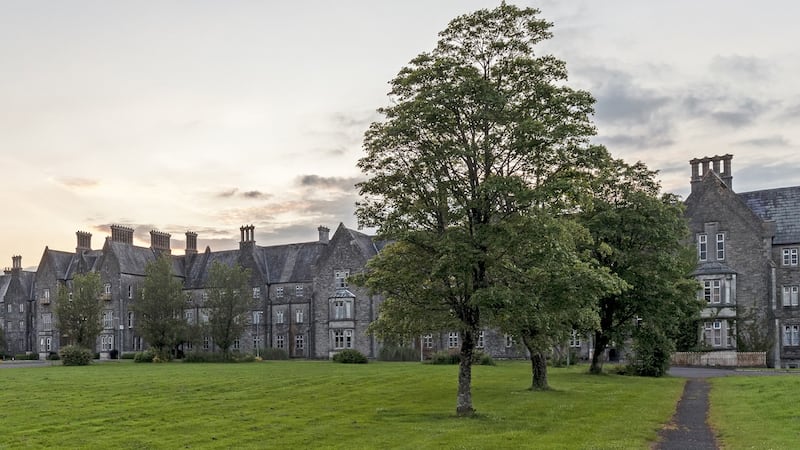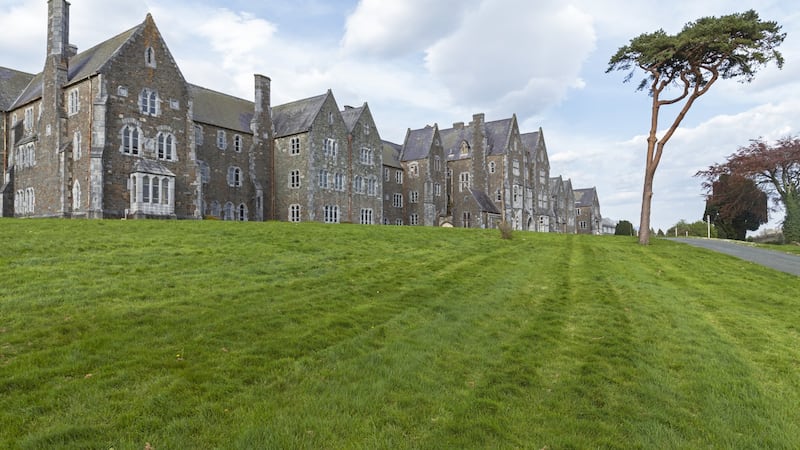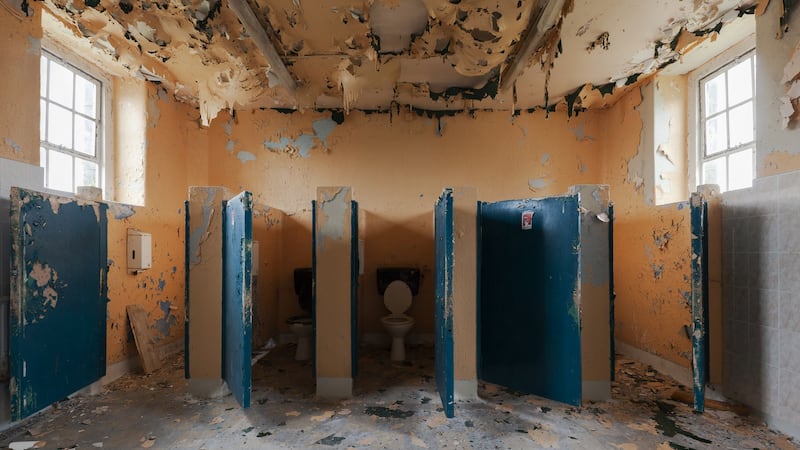So often is mental health referred to as the Cinderella of the health service that one might be forgiven for thinking that things were ever thus. Yet for the greater part of a century, Ireland’s stock of mental health buildings was far more impressive and extensive than that provided for the practice of general medicine. At a time when the sick poor had few options beyond the workhouse infirmary or a handful of voluntary hospitals operating from repurposed townhouses, the State created, almost from scratch, a national network of architecturally impressive, purpose-designed asylums for pauper lunatics. Lauded as the first statutory national system of its type in the world, Ireland’s mental hospitals would also, by the 1950s, enjoy the dubious distinction of accommodating the world’s highest number of psychiatric patients per capita – arguably the pre-eminent example of our historic tendency to employ institutional solutions to social problems.

Asylums were founded on the ideal that a combination of kindness, moral guidance and innovative architecture could cure insanity. That goal ultimately proved elusive, but the endeavour has bequeathed us an enormous array of significant buildings and landscapes – by my estimate at least 400 individual structures or features across 27 different sites on the island of Ireland, containing more than 45 hectares of accommodation, linked by 20km of corridors. Walls of Containment traces the history of the asylum as an idea, its evolution as an institution, but most of all the legacy of these physical places that retain such a powerful hold on our collective consciousness to this day.

Then, as now, the construction of large, complex buildings was fraught with risk. The experimental asylums of the 1820s and 1830s – rows of masonry-vaulted single cells radiating from and watched over by a central governor’s house crowned with a cupola – fell short of the high-minded optimism with which they were conceived and soon came to be tainted by association with contemporary prison architecture. Extensive research shaped the internal layout of the second generation of asylums of the late 1840s, with greater emphasis on the practical necessities of kitchens, laundries and sanitation which had been found wanting in the earlier asylums. Their architects produced buildings that were outwardly as impressive as the prestigious new universities then rising in Cork, Galway and Belfast: rambling Gothic Revival edifices adorned with cut-stone oriel windows, decorative buttresses, teetering chimney stacks and a multitude of steep gables, intended to enhance the picturesque effect of what threatened to be – and in some cases remained – domineering institutional piles. But no sooner had they opened than they became collectively mired in accusations of wasteful spending, lax oversight, cost overruns and defective workmanship.
Failures
Ultimately, the idea that buildings could contribute to the cure of insanity would be laid to rest amidst the thousands of unmarked pauper graves of those whom it had failed to cure – not least because the latest architecture had repeatedly failed to live up to the claims made on its behalf. However, the asylum as a building type continued to grow in both scale and complexity, reaching its climax in the pavilion-echelon: immense, machine-like structures optimised for economy and efficiency, but aspiring to little by way of treatment or cure.
Commissioning a country's largest-ever building project is a daunting challenge, as any observer of Ireland's contemporary struggle to deliver a new National Children's Hospital can attest. At the turn of the 20th century, it was the sponsors of the new Portrane asylum in north county Dublin who learned this expensive lesson. When contracts were signed in 1896, the enormous complex – effectively a new town for 1,200 patients and 300 staff with almost a mile of corridors linking eight detached ward blocks, a vast recreation hall, two chapels, kitchen, stores, offices, laundry and workshops – was expected to cost about £240,000. Upon completion a decade later the total came to £378,100 – more than 57 per cent above the original budget, and vindicating a sceptical earl who advised the House of Lords at the outset that "in Ireland it was the universal practice of architects to spend twice the amount of their original estimate".

For much of their existence, asylums were enclosed behind high walls that claimed to protect the insane from the cruelties of an intolerant world, but whose lasting impact would be to convince the world that it needed to be protected from dangerous others within. Behind the walls, architecturally dignified buildings were set in tree-studded parklands, inspired by the country demesnes of the local gentry who dominated asylum boards, and a world removed from the contemporary institutions of workhouse and prison. But the landscape was much more than a pleasant set-piece – astonishingly, the pauper lunatics, mostly subsistence farmers or landless labourers, were privileged to enjoy summerhouses, planted parterres and woodland walks as part of their therapeutic treatment regime generations before public parks even existed. While later history saw the asylums struggle to contain relentlessly increasing patient numbers in conditions of ever-diminishing dignity, these landscapes are an important reminder of the system’s more benign roots.
Deterioration
Ultimately, the pharmacological revolution of the 1950s did more to return patients to their normal lives in the community than a century of architectural endeavour. But just as psychiatry was fleeing its discredited asylums for the supposedly unstigmatised setting of the medical hospital, general medicine would in turn consign psychiatry to its own basements, reinforcing the sense of mental healthcare as last among equals. This first generation of acute psychiatric units were dismal spaces with limited natural daylight, no outdoor space, and seldom a view worth drawing a curtain for. Meanwhile, for the patients left behind in the old asylums – declining in number but advancing in years – living conditions by the 1980s had in many cases deteriorated past the point of scandal. But the old institutions would stumble on for several more decades, zombie-like, not fully alive but seemingly impossible to kill.

Ireland's last fully functioning historic asylum – the Central Mental Hospital in its verdant secret garden hidden behind the Great Wall of Dundrum – is currently preparing to bid farewell to residential patients after 170 years of continuous service. Approximately half of Ireland's former asylum sites already have a clear future in either public or private use. For the others, a slow decline from abandonment, through decay, to ultimate dereliction, is already playing out.

Visiting these places, majestic, imperious, brooding, it is impossible not to be awestruck by their scale, their complexity, their embodiment of societies in microcosm. But most powerful of all is the profound emptiness of spaces which resonate with the memories of thousands of lives lived under an institutional regime which outlived and outgrew the ideals on which it was founded. And whether the future of Ireland's empty asylums holds fiery destruction, prolonged limbo or glorious resurrection, I hope that this publication will encourage communities to look again at these buildings which our forefathers built with such solidity to express the notions of their day, and appreciate them in all of their complex, contradictory grandeur.
Walls of Containment, by Patrick Quinlan, is published by UCD Press, €40











